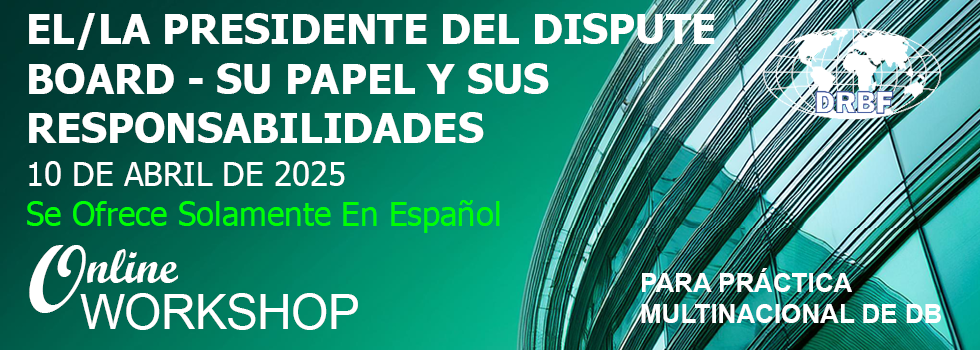Dispute Board Concept(Continued from the Home page) Most DB models incorporate attributes that maximize successful project outcomes — such as establishment of the DB at the start of a project, appropriate DB member selection and regular involvement of the DB in project management. Three-Person Dispute BoardThe most common form of DB is the three-person model. DB members are selected by various methods and approved by both the owner and contractor. One-Person Dispute BoardThis DB model has been operating successfully for several years in many countries, and its use is increasing. A one-person DB is particularly suitable for smaller projects where the cost of a three-person DB may become an issue. Dispute Resolution AdvisorThe concept of a Dispute Resolution Advisor (DRA) was first developed in Hong Kong more than two decades ago and has been successfully exported to several other countries. A DRA is similar to a one-person, standing DB, set up in the conventional manner at the commencement of the project. However, instead of the DRA having the power to provide a decision or recommendation on the merit of a dispute, the DRA’s role is primarily that of an independent and experienced consultant, identifying potential areas of dispute and ensuring issues that arise are addressed by the parties as soon as possible. Dispute Board PanelsFor large and complex construction projects with multiple contracts or alternative delivery methods, the most cost-effective means of dispute avoidance and resolution may be to establish a DB panel. Ad Hoc Dispute BoardsIn this model, the DB is not established until the project is significantly advanced, or even completed. This model is often implemented in an effort to reduce costs. However, the ad hoc DB sacrifices the significant advantage of regular meetings with the parties and site visits to the project, thereby enabling the DB to promptly assist the parties in avoiding disputes and/or settling them amicably. For more information regarding the various board structures, their applications, and pros and cons of each method, please refer to the Dispute Board Manual: A Guide to Best Practices and Procedures, available for free download from this website, or for purchase from your preferred online retailer.Also refer to these Dispute Board FAQs. |




